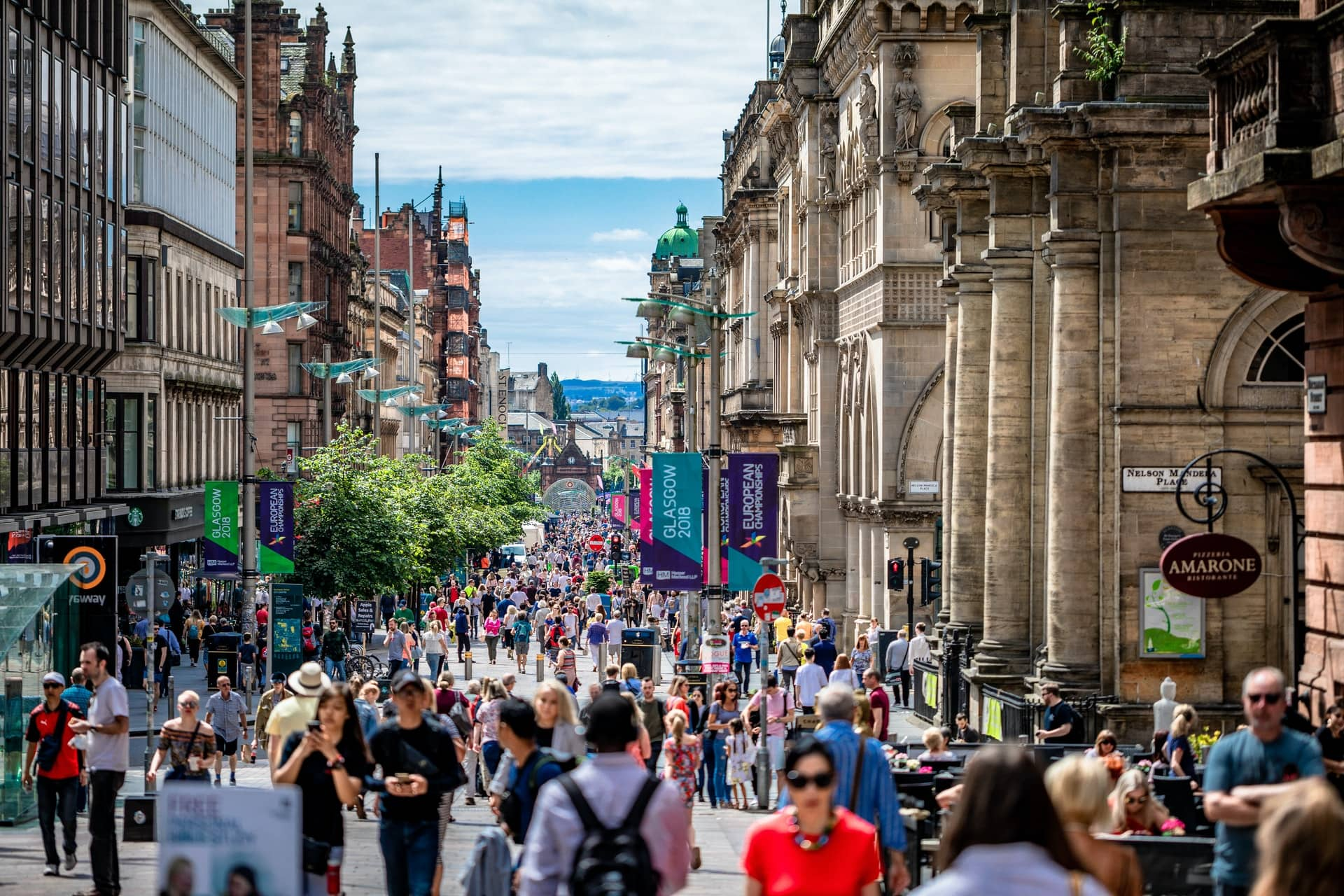As part of the roll out of our new Corporate Strategy we are publishing a series of blogs to expand on the themes covered in the Corporate Strategy. In this blog Ann Allen, Chair, Architecture and Design Scotland asks “what is a place, and why does it matter?”.
I think it is fair to say there is no doubting the dramatic and varied impacts the Covid-19 pandemic has had on our lives over the last 12 months. Amongst these, I have been very aware of a rethinking of the role of places, how their quality impacts people’s lives and how they might need to change as the country begins its recovery.
During lockdown, I saw people become much more aware of their surroundings and how these affect their wellbeing. This really brought home to me the work still to be done if we are to have neighbourhoods that provide everything needed for a healthy and fulfilling life.
The pandemic also challenged what we had previously taken for granted and exposed vulnerabilities across our communities. But above all, it underlined just how important our places are to the quality of our lives, our wellbeing and our futures and how quickly we can change how we do things when we have to.
Places matter
Because places matter, the ambition of our new strategy is to change the way we design, plan, deliver and sustain them. I know from our own work that buildings, streets and neighbourhoods are better when the people who use them work together to shape them. And because I think we all now know just how much they matter, it seems there has never been a better time to make this change.
The Scottish Government certainly knows this, which is why in 2019 they adopted The Place Principle. This requires public agencies to collaborate with the people who live in a place to create a shared vision for its future. Working in this way, we can crate places that are equipped to meet a range of challenges whether that is a pandemic, housing need or the climate emergency.
Greatest challenge
For me, the climate emergency is our greatest challenge, touching almost every aspect of our lives. Fortunately, places that can be created or adapted to help tackle climate change are also great places for people.
Energy-efficient homes don’t just cut carbon emissions they also help to combat poverty and illness; flood alleviation schemes also create accessible outdoor spaces, and changes in how and where people work also lend support to local economies, as we have seen so vividly recently.
This is why the core aim of our strategy is to create the conditions for the Place Principle to become the way we plan future investment. Our role in this is to provide leadership on the spatial aspects of placemaking and use our expertise to make it happen.
We will work with our partners to show what a joined-up, place-based approach looks like and highlight the benefits this brings. We will use our experience and professional skills to inspire and support all those involved in creating, adapting and sustaining Scotland’s places.
Value of design
Beyond the pandemic, I can see that we will be better placed to extend our work across Scotland and share our belief in the value of design and the power of collaboration. We are ready to apply ourselves to the challenges and opportunities before us: post-covid recovery, climate change, the housing crisis and inequality.
Alongside these world-scale challenges we mustn’t overlook more local issues – ensuring access to high-quality greenspace, the regeneration of town centres, neighbourhoods where everyone has access to the services they need including local work and training opportunities, and infrastructure that enables active, sustainable travel.
So for now, we look forward to recovery with a heightened awareness of both the importance of place and the focus it can provide in designing a better, fairer and more prosperous Scotland.
I know I am excited at this prospect and hope that you are too. I invite you to join us in working toward our aim of creating places that support healthy, sustainable and thriving communities.
Header image credit: Artur Kraft

